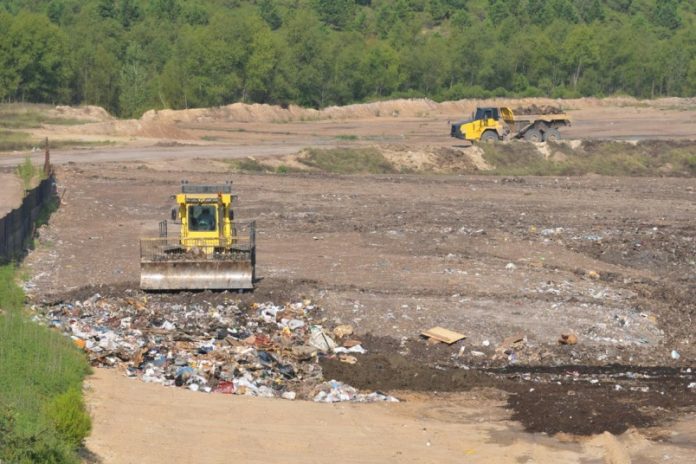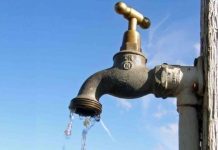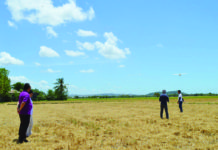
ILOILO – Five sanitary landfills are being planned for five districts.
Local governments would be sharing these common sanitary landfills in the districts where they belong.
According to the Provincial Environment and Natural Resources Office (PENRO), the following have been identified as hosts of the proposed district sanitary landfills:
* Miag-ao – 1st District
* San Miguel – 2nd District
* Janiuay – 3rd District
* Passi City – 4th District
* San Rafael – 5th District
According to PENRO senior environmental management specialist Mitzi Peñaflorida, the Environmental Management Bureau (EMB) Region 6 proposed the setting up district sanitary landfills to ensure the compliance of local governments to Republic Act (RA) 9003 or the Ecological Solid Waste Management Act of 2000.
The Act prefers sanitary landfills over open dumps for solid wastes.
It defines a sanitary landfill as “a waste disposal site designed, constructed, operated and maintained in a manner that exerts engineering control over significant potential environmental impacts arising from the development and operation of the facility.”
On the other hand, it defines an open dump as “a disposal area wherein the solid wastes are indiscriminately thrown or disposed of without due planning and consideration for environmental and health standards.”
Building common district sanitary landfills is the more practical approach, according to Peñaflorida, citing the local governments’ common lament – lack of funds.
Under the Ecological Solid Waste Management Act of 2000, all open dumps should have been closed by 2001 yet.
“Pero 18 years na ang RA 9003, still may open dumpsites gihapon,” said Peñaflorida.
But she stressed the importance of social acceptance in the building of sanitary landfills in the identified host local governments.
Public consultations must be conducted, said Peñaflorida, and residents must be made to understand the importance of sanitary landfills.
Recently, some residents of Barangay Janipa-an West, Mina town expressed opposition to the proposed sanitary landfill in their village.
“We truly think this project will bring us harm more than benefits,” read part of these residents’ position paper submitted to Gov. Arthur Defensor Sr.
The proposed sanitary landfill is a project of the municipal government of Mina, Defensor’s hometown.
Residents feared air pollution, groundwater contamination and the explosion in the population of rodents and insects such as flies and cockroaches.
The petitioners expressed concern over the possible adverse effects of the proposed sanitary landfill to their health.
Defensor stressed the importance of educating residents about the proposed sanitary landfill, its pros and cons.
According to Mayor Rey Grabato of Mina, the proposal is in line with his local government’s bid to comply with the Ecological Solid Waste Management Act of 2000.
The local government actually sought the help of the Department of Environment and Natural Resources (DENR) because the municipality did not have the funds to build a sanitary landfill, he said.
DENR agreed to help. Aside from the sanitary landfill, an eco-park would be built. This could be developed into a tourist destination, according to Grabato.
The mayor, however, clarified these are all proposals for now. There would still be extensive planning and a feasibility study would be conducted./PN




These sanitary landfill must be compliance with environmental laws. Most Common problem encounter in landfill:
1. Toxins – A lot of material end up in landfill contain toxins that are eventually released and seep into the soil and groundwater. Seepage must be prevented. Treating of Toxins – Mercury must be prevented from escaping into soil by designing a collection pipes and discharge into sewer system they can retained or converted into fertilizer.
2. Leachate – is a liquid form when landfill waste breakdown and water filters through waste and pick up toxins. Rain is the greatest contributor of this leachate. A sufficient drainage system must be in place to prevent this to happen. Treating Leachate using Biological Treatment or Chemical-Physical Processes.
3. Greenhouse Gas – Methane gas from food waste is more dangerous than carbon dioxide and this must be treated. Providing membrane can catch methane liquid form and preventing it from escaping into the air. It is possible to use Tunnel Composting or In vessel Composting.
So before we decide to put this into effect it must study well, its effect in the environment and the surrounding populace to avoid the spread of disease and contaminant.